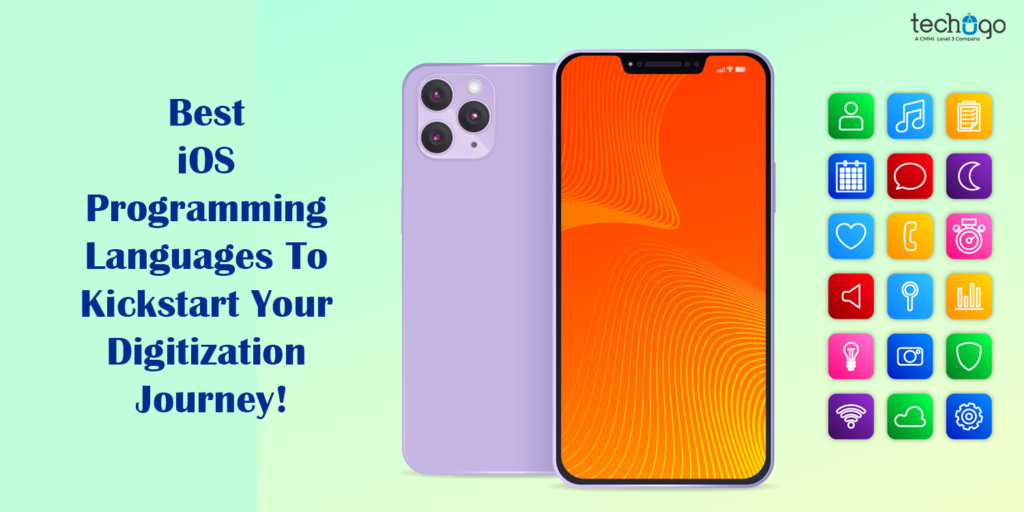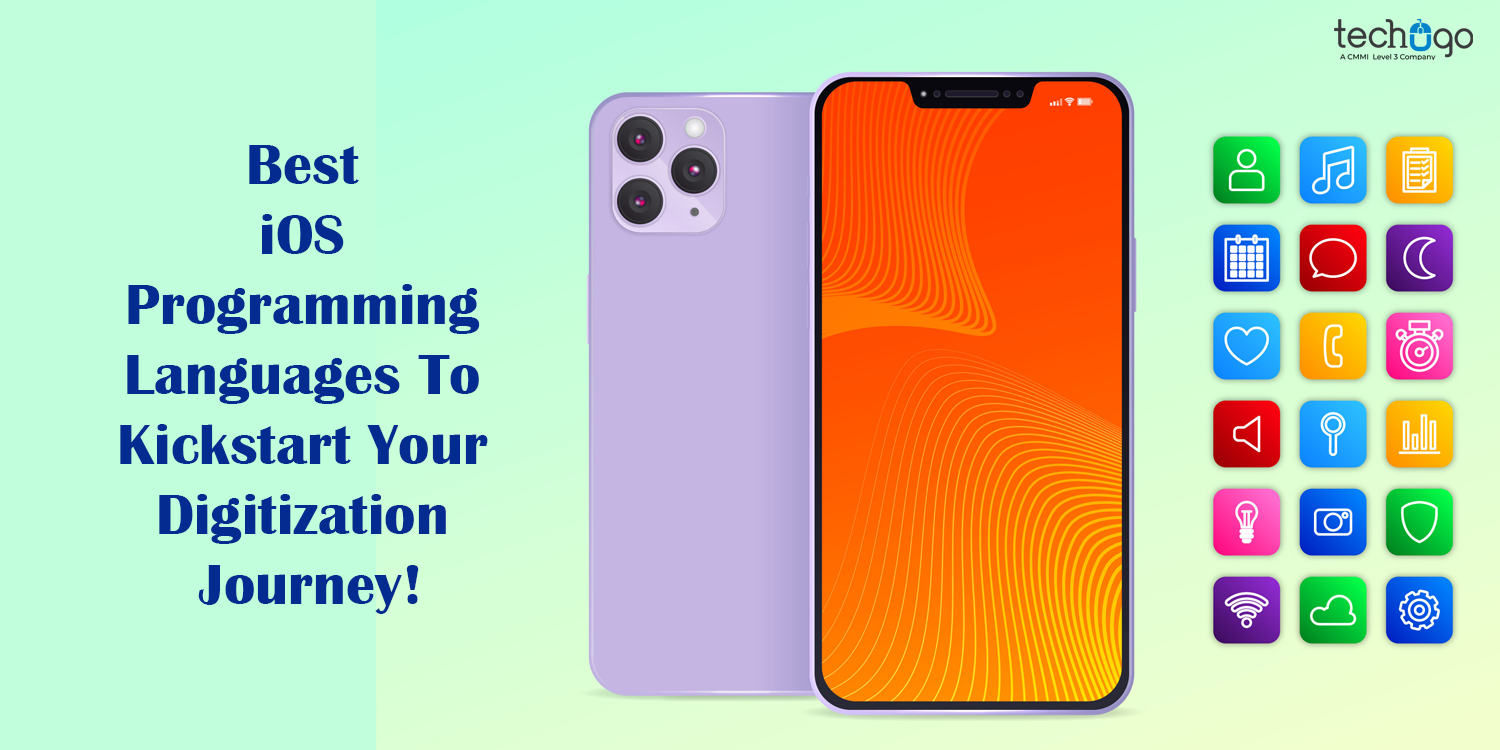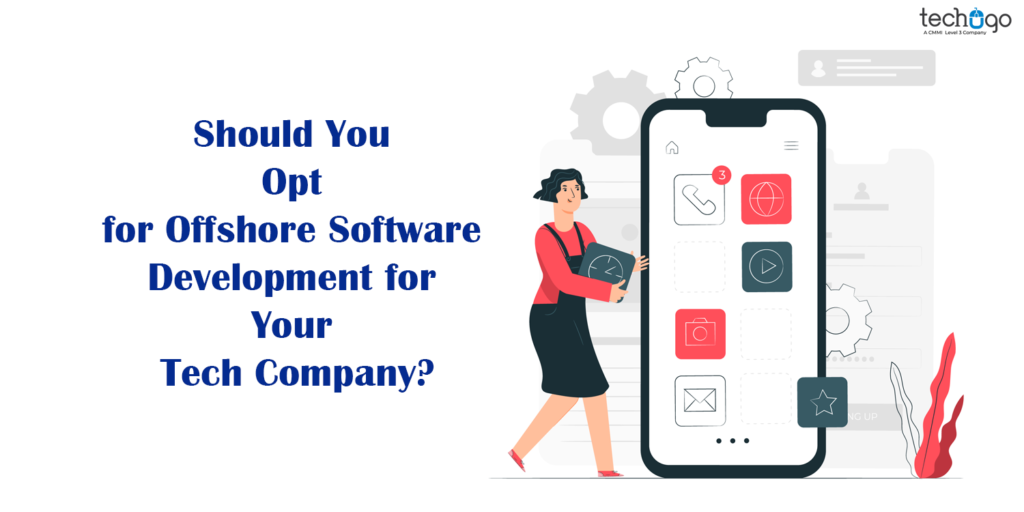
More than 4.32 billion mobile devices were using the internet connection in 2021. But why is this information important to you? Well, you must know that the mobile market is rapidly growing, and people are falling head over heels for mobile apps that offer them convenience.
Everybody knows that Apple took the market by storm with its first release in 2007, and its user base has grown incredibly. Thus, it became one of the primary reasons for entrepreneurs to invest more in iOS app development and win people’s hearts!
However, since the iOS market was new, how do you think app developers would have tapped into the market?
The answer is that opting for the best iOS app development programming language is vital to will determine the app’s success. Therefore, we’ll go through the languages best suitable for iOS app development. However, if you already have an app idea and need to discuss it with the experts for crucial insights, connect with the best mobile app development company today!
Top 5 iOS App Development Languages
While there are multiple choices when choosing a language for iPhone app development, we’ve narrowed down the list to the top five. Take a look:
1. Objective-C
Objective-C is the foundation of MacOS and iOS, and Apple’s original programming language. Notably, it is categorized as the superset of the C programming language, and is one of the most relevant choices for iPhone app development.
Pros:
– Backward is compatible with C and C++
– The availability of thorough documentation
– Developer community support is massive
– The language is compatible with older operating systems
– Includes a variety of third-party frameworks and libraries
Cons:
– Security vulnerabilities from C
– Demands the maintenance of two files of code for header and implementation
2. C# with Xamarin
The language was introduced by Microsoft in 2000. It is a cross-platform language that was only considered in the presence of Xamarin. What is Xamarin? It is a hybrid app development framework built on C#, which allows teams to exchange code between apps to streamline development and support.
Pros:
– Ease of use
– Massive library
– Open-source
– High-performance
– Cross-platform support
Cons:
– Limitation of flexibility
– Poor x-platform GUI
– The language is dependent on Net Framework
3. Swift
Swift was introduced in 2014, and has acquired tremendous limelight through the years. It provides a modern syntax that is uncomplicated to read and write, and eliminates the room for errors. Not only this, but it enjoys the benefits of seamless incorporation and existing Objective-C code.
Pros:
– Open-source language
– Simple and easy-to-learn
– Memory usage is minimal
– Ease of scalability
– Unified codebase
– Holds up to dynamic libraries
– Prevention of errors
– Compatible with devices like MacOS, iPad, Apple TV, and Apple Watch
Cons:
– Doesn’t support Android development
– Work only on iOS versions after 7.0
– Smaller support community compared to other languages
– Roadblocks may appear while incorporating third-party APIs
4. JavaScript with React Native
JavaScript is a high-level programming language primarily used for web development, games, mobile apps, and web servers. However, it is vital to mention that it’s not an iOS code language. Instead, you’ll have to work with the React Native framework to fabricate a JavaScript-based iOS mobile app.
Pros:
– Components are reusable
– Broader support and documentation
– Easily accessible
Cons:
– Slower than other native iOS applications
– React Native updates are time consuming
– Complicated debugging
– May limit access to certain functionalities
5. Dart with Flutter
Dart is a Google programming language that emphasizes mobile and web applications. The language helps build fast and flexible apps that work efficiently for the customer base.
Pros:
– Easy to learn
– Accelerated speed than JavaScript
– Supports multiple devices and screen sizes
– Single codebase
Cons:
– Support resource is limited
– Young programming language
– Used by a very few percentage of developers
Tips to Know Before Developing an iPhone Mobile App
Now that you’re well familiar with the top five iPhone app development programming languages, it is significant to keep a few things in mind before beginning to work on your project. Here are the noteworthy pointers:
1. Familiarize yourself with the iOS app development principle to have a better understanding of what needs to be followed or not.
2. Pick and work with accurate development tools, including Xcode.
3. Whichever programming language you choose, make sure that you master the same.
4. Ensure that your app meets the App Store guidelines for a smooth launch.
5. Before launching your app, make sure that it is thoroughly tested.
6. Incorporate App Store Optimization (ASO) strategies.
To Sum Up!
Now that we have introduced you to the top 5 iOS app development programming languages, it’s time to make the best choice and begin working on your product.
So, partner with a reliable iPhone app development company for further assistance on your app idea, and climb the success ladder in no time!
Happy innovation!





